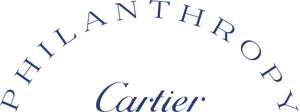World Clubfoot Day: Honouring a Journey of Hope Across Borders
To mark World Clubfoot Day, we share the remarkable story of a mother's journey across borders to find treatment for her son - made possible thanks to MiracleFeet's mission to make clubfoot treatment accessible to every child, everywhere.
©Miracle Feet / Fundación Hermano Miguel
To mark this year’s World Clubfoot Day, we’re sharing the remarkable story of a mother's intrepid journey across borders to find a treatment for her son. A journey with a happy ending thanks to MiracleFeet's determination to make clubfoot treatment accessible to every child, everywhere.
Every 3rd of June, World Clubfoot Day raises awareness of a common but often overlooked condition that affects 200,000 newborns every year. Clubfoot causes one or both feet to twist inward, making walking painful and difficult, if not impossible. Although it’s highly treatable, millions of children still can’t access proper care, especially in low- and middle-income countries.
MiracleFeet is a global nonprofit that’s striving to close that gap. Working with local clinics and health workers across public and private health systems, it brings the low-cost, non-surgical treatment that’s standard in high-income countries to children who would otherwise go untreated.
One of those children is Zoer, a boy born in Venezuela. His mother, Carolina, walked across two countries in search of a solution for her son. In recognition of World Clubfoot Day, we share their story below – as told by MiracleFeet – in testimony to the courage, sacrifice and determination inspired by the transformative power of accessible healthcare.
CAROLINA AND ZOER: A MOTHER’S JOURNEY OF COURAGE, SACRIFICE, AND HOPE
In a modest apartment in Quito, Ecuador, 38-year-old Carolina Hernández sits with her son, Zoer—a bright, energetic six-year-old whose laughter fills the room. Looking at him now, running through the house and sharing stories about his school friends, it’s hard to imagine the long, painful road that brought them here. Yet their grueling journey crossing two countries on foot is a testament to the strength of a mother’s love.
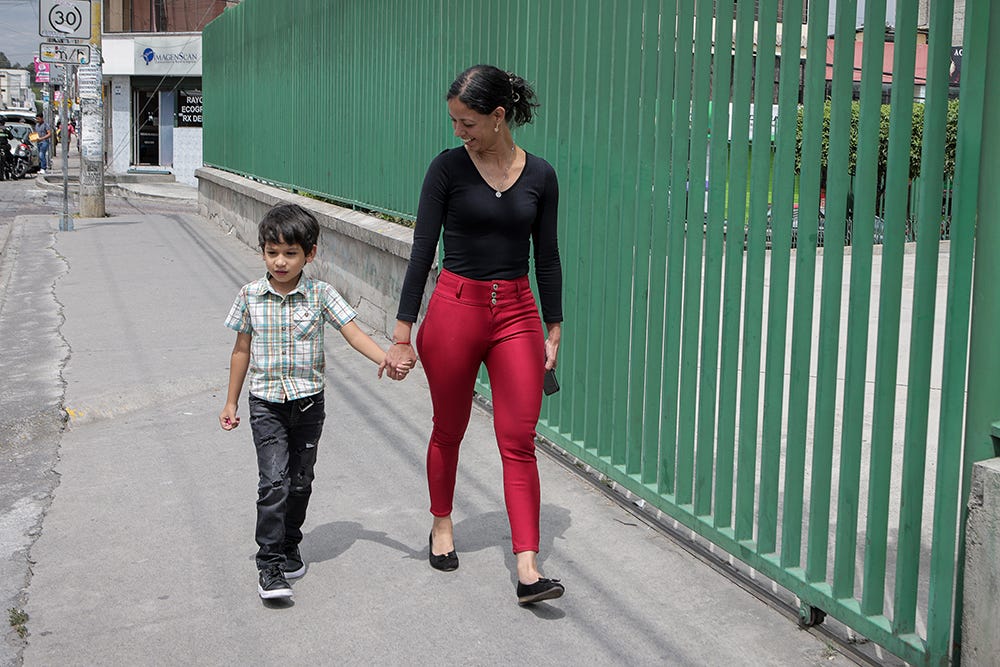
©Miracle Feet / Fundación Hermano Miguel
A LIFE UPROOTED
“I never imagined leaving Venezuela,” Carolina says. “I had my life there. I studied computer engineering, I had my family, my friends. We had traditions that meant so much—Carnivals, Christmases, Easters with the neighbors. Even through the economic hardship, we held on. ”
But the situation in Venezuela spiraled. As the economy collapsed, basic necessities vanished. “People were fighting in line for a kilo of rice,” she recalls. “We were surviving by reselling food and doing whatever we could to make ends meet.”
Then, in the midst of the crisis, she discovered she was pregnant.
“I was scared. I didn’t expect it. I remember calling my mom and asking, ‘If I’m pregnant, will you support me?’ She said, ‘Of course I will.’ That changed everything for me.”
Her pregnancy was difficult—physically, emotionally, and logistically. She moved from one state to another for work, doing everything she could to try and set up a comfortable life for her baby. Then, at the birth, everything shifted again.
“The doctor handed me my baby and said, ‘Don’t be scared.’ I looked down and saw his foot twisted like an L. I had never seen or heard of clubfoot before.”
The diagnosis was a shock. “I kept thinking maybe I did something wrong—sat too long, worked too hard—but the doctor reassured me. ‘It’s a condition that can’t be seen in pregnancy,’ he said. ‘But it can be treated.’”
That was the beginning of her fight—not just for survival, but for her son’s mobility.
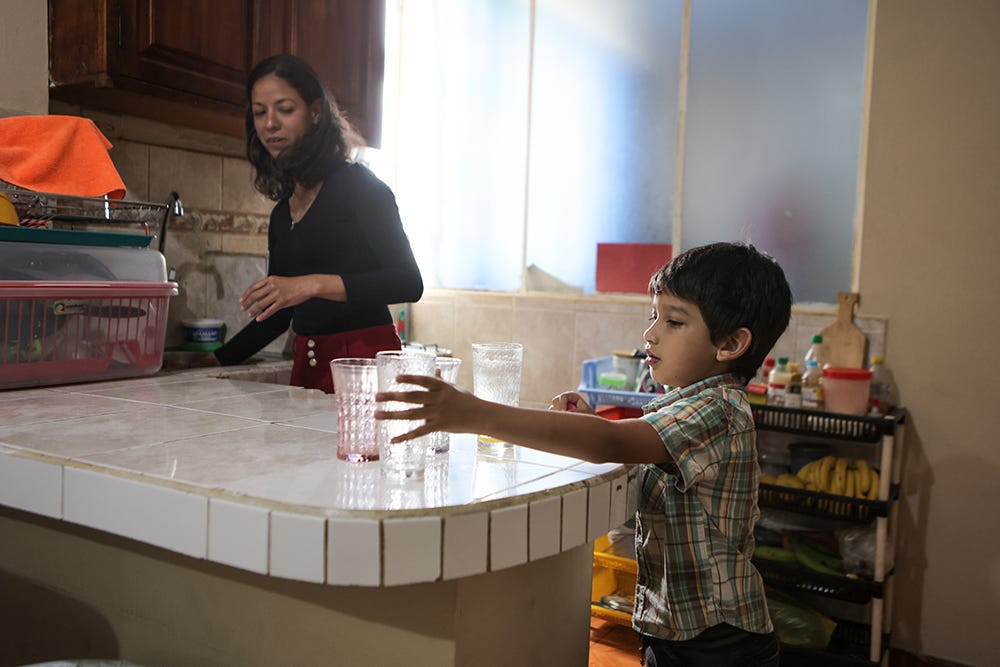
©Miracle Feet / Fundación Hermano Miguel
STEPPING INTO THE UNKNOWN
Carolina immediately started seeking treatment. Zoer received casting when he was just a few weeks old, but inflation and instability made completing treatment financially impossible. “The treatment cost 10 million bolivars [roughly $124,000 USD], and the price kept going up every week. We couldn’t keep up. We couldn’t do it.”
As Venezuela’s healthcare system collapsed, Carolina faced a heartbreaking reality: Zoer’s only hope was to leave.
“I told my sister in Colombia, ‘We have to go. There’s nothing here. No doctors. No treatment for my mother or my son.’”
With her baby strapped to her back and her elderly mother at her side, Carolina set out—on foot. They crossed two countries in 11 days, sleeping outside, enduring the cold, surviving on faith and the kindness of strangers. “We wrapped Zoer in cardboard to keep him warm,” she recalls. “I got sick. We saw families who didn’t survive the journey—frozen in each other’s arms. I’ll never forget it. That could’ve been us.”
When they reached Quito, Carolina was exhausted—but determined.
Through a network of fellow migrants, social workers, and a chance encounter at a nail salon, she was referred to Fundación Hermano Miguel, a MiracleFeet-supported clinic.
“I arrived and said, ‘If you’re going to ask me for money, I don’t have any. But my son needs help.’ And Dr. Lorena looked at me and said, ‘Let me see him. Tell me your story.’ That’s when everything changed.”
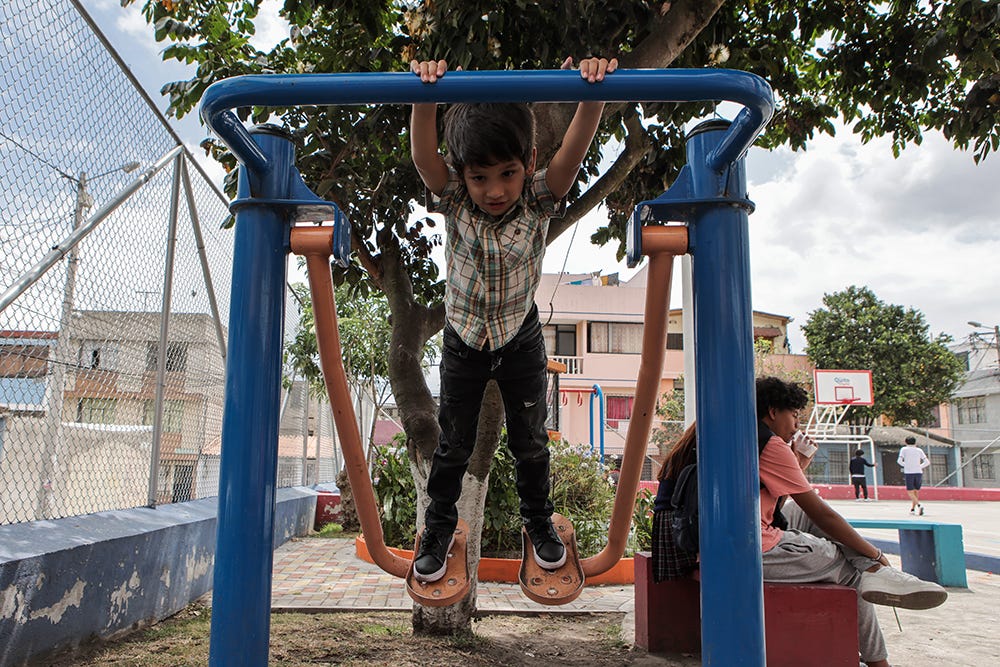
©Miracle Feet / Fundación Hermano Miguel
FRESH STARTS AND NEW CHANCES
Zoer was already a year old and his foot had relapsed, twisted back into its original shape. Starting treatment again from the beginning, especially now that Zoar was more mobile and vocal, was difficult. “The casts were hard for him. He cried so much. But I could see the difference, day by day,” recalls Carolina.
The family never missed a single appointment. Carolina, her mother, or her cousin made sure Zoer was always there on time. After a few weeks of casting came the tenotomy—a small surgical procedure to release the tight tendon. “It was hard to watch, but it worked,” she says, wincing. Slowly, Zoer began to heal. He adapted to the brace. He started walking, running—and then one day, he started school.
“His first day, I was so nervous,” Carolina says. “I didn’t know how he’d be treated, being Venezuelan. But he came home and said, ‘Mom, I have five friends. They’re all Ecuadorian.’ That made me so proud.”
“His foot is perfect…That moment—those words—made all the pain, the fear, the struggle worth it.”
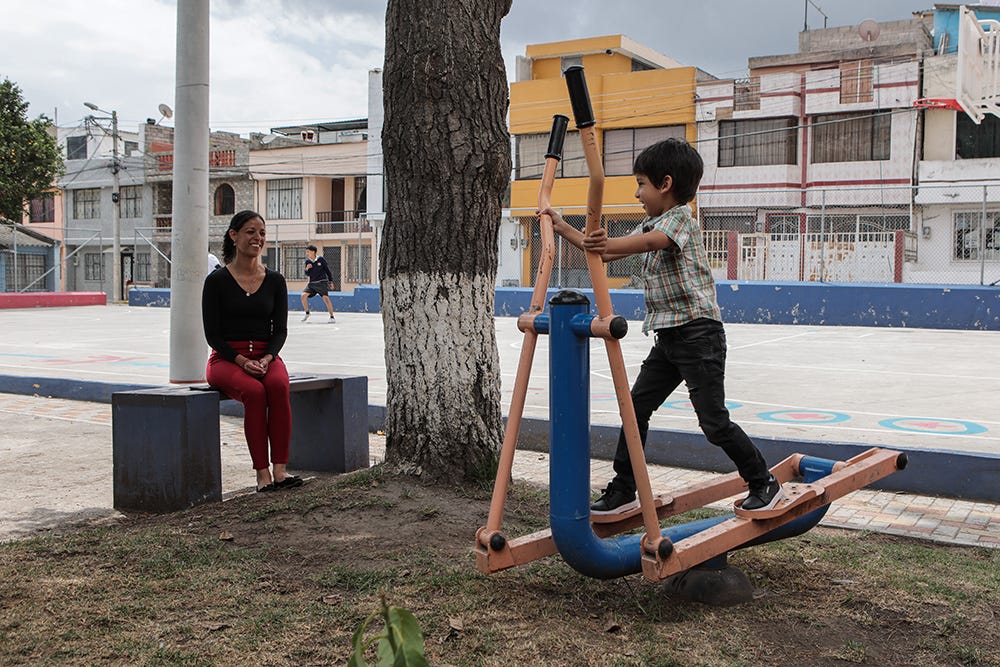
©Miracle Feet / Fundación Hermano Miguel
Now in first grade, Zoer is thriving. He plays, he learns, and he dreams. “At his last checkup, the doctor said, ‘His foot is perfect. He can play soccer, jump, do anything.’ That moment—those words—made all the pain, the fear, the struggle worth it.”
Carolina still faces challenges. She’s working toward permanent residency in Ecuador. She continues to write about her experiences on her blog, Migrant and Fighting Moms, and shares stories with her uncle in Venezuela, who is turning them into a book. “Writing helps me process everything we went through. I want people to understand that migrants aren’t here to be a burden—we’re here to survive, to build, to contribute.”
Looking back, she says, “If I hadn’t had Zoer, I would’ve never left. But because of him, I found strength I didn’t know I had. Everything I did was for him.”
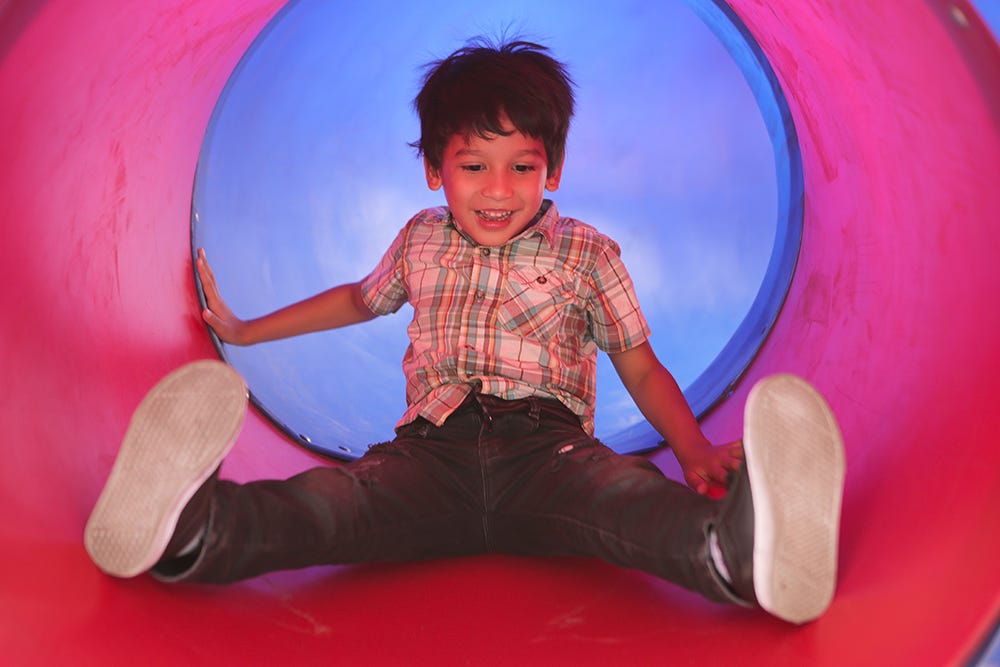
©Miracle Feet / Fundación Hermano Miguel
